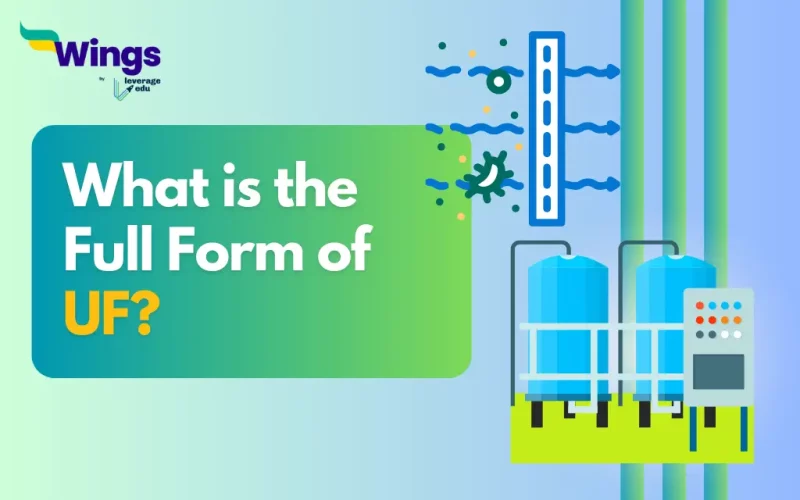The full form of UF is Ultrafiltration. It is a membrane separation process used for purifying and concentrating solutions. Moreover, UF is a filtration process that operates at a molecular level to separate particles and solutes based on their size. The technique uses a semipermeable membrane with fine pores, typically in the range of 0.1 to 0.001 micrometres.
Table of Contents
What is the Use of UF?
UF is an adaptable technology with applications in various fields, thus contributing to the purification and separation of liquids efficiently and selectively. Here are some of the Uses of UF:
- Water Purification: UF is used for the purification of drinking water and the removal of contaminants such as suspended solids, bacteria, viruses, and larger particles.
- Wastewater Treatment: UF employs itself to separate and remove impurities from industrial and municipal wastewater, additionally contributing to the overall water purification process.
- Chemical and Petrochemical Industries: Moreover, UF separates and purifies various chemical compounds.
- Oil and Gas Industry: For the treatment of produced water in the oil and gas industry, UF helps to separate contaminants and pollutants from the water.
- Environmental Applications: In the treatment of stormwater and the removal of pollutants from industrial effluents UF is used.
Thus, the application area of UF can be particularly used for drinking water preparation and water treatment and works as an excellent pretreatment method. It has some properties, well-suited for the removal of bacteria and suspended particles. Moreover, UF is utilized in a other form of industries, as detailed below:
- Food sector
- Chemicals sector
- Textile sector
- Metal industry, employing the oil/water emulsion separation technique
- Dairy industry
- Pharmaceutical sector
Also Read: What is the Full Form of GFR?
What are the Advantages of UF?
Additionally, the Advantages of UF are as follows:
- UF efficiently removes bacteria, viruses, and suspended solids from water and other liquids.
- Furthermore, the UF process is often more energy-efficient compared to traditional filtration methods such as reverse osmosis(RO).
- It can achieve high flux rates, thus ensuring a relatively rapid filtration process.
- UF systems are often compact and modular which allows for flexibility in installation and scalability.
- UF can also minimize the need for certain chemicals in water treatment processes.
Also Read: What is the Full Form of NDMA?
What are the Disadvantages of UF?
The Disadvantages of UF are as follows:
- While effective against bacteria, UF may have limitations in removing certain smaller viruses.
- The membranes may be sensitive to certain chemicals hence impacting their lifespan.
- Moreover, harsh operating conditions or improper cleaning procedures can lead to membrane damage.
The Principle Behind Ultrafiltration
Ultrafiltration works on the idea that only certain-sized molecules can pass through a membrane. Larger molecules are blocked, while smaller ones can move through randomly.
This process is similar to reverse osmosis, where water is pushed through a semi-permeable membrane, leaving behind unwanted substances. The membrane can be made of fabric or sheet. When the pressure on the waterside is higher than the pressure on the other side, water flows through, separating from the contaminants until the pressures are equal.
Ultrafiltration also uses the Darcy law, which explains that bigger particles are less likely to pass through the smallest pores in the middle of the membrane.
Popular Full Forms
We hope this blog has helped you understand the full form of UF and everything related to it. If you want to know more, find the 300+ full forms list on our blog. In the world of short forms, you can rely on the Leverage edu page to know about more full forms like this! Connect with us study abroad experts to achieve your international dream today!
 One app for all your study abroad needs
One app for all your study abroad needs













